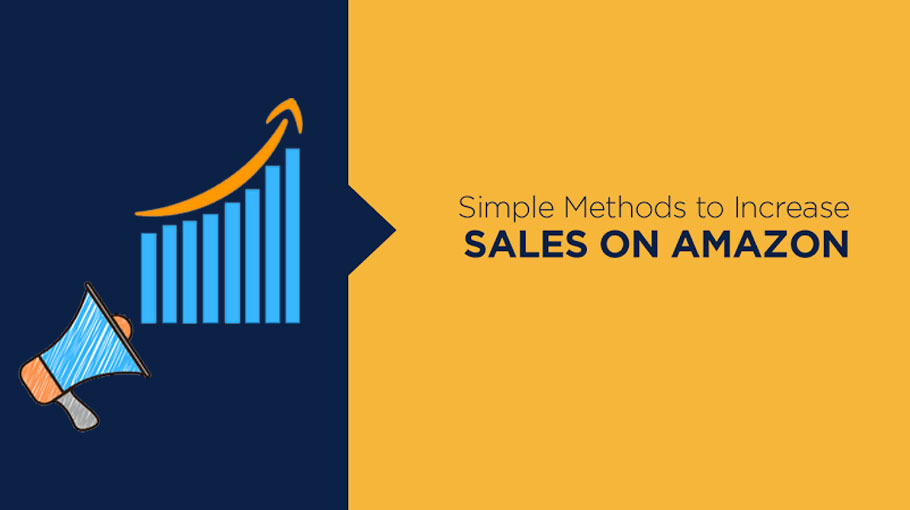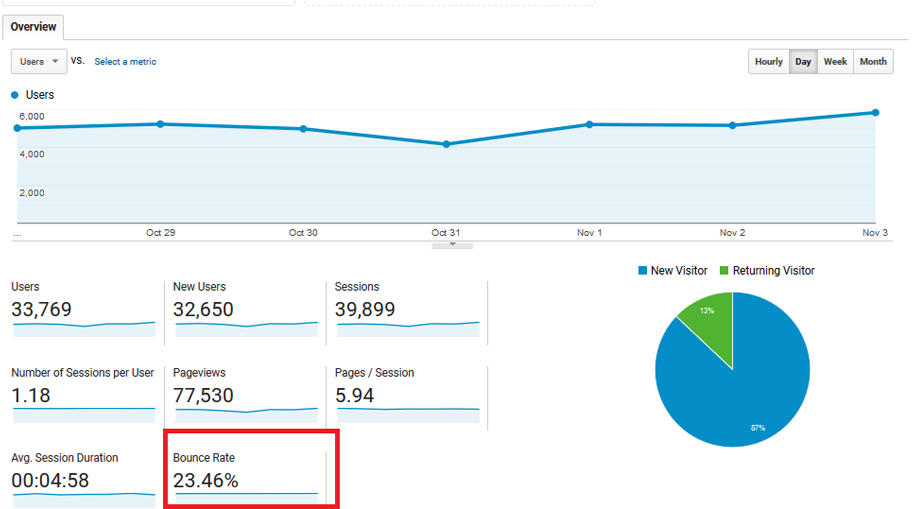
Should You Sell on Marketplaces or Build Your Own eCommerce Site?
Selling through a marketplace is an awesome idea – on the off chance that you see it basically as a marketing tool for becoming independent seller in the future. Also, having your own site is completely perfect; however it doesn’t need to have all-out shopping features at start if it’s too much pressure in the beginning of business.
Things being what they are, which is best for you: Marketplace store, or your own particular eCommerce site? Let’s take a look at some of the advantages and disadvantages of both models and find out which can be best in long run business.
Selling on Marketplaces:
Pros:
Ready Market with lot of buyers:
Without a doubt, you’ll need to do some work in getting your store set up, however a marketplace store is far nearer to being done “out-of-the-case” than any stand-alone eCommerce site. You will be getting ready made store and platform and only need to add your products. This will help all those who do not have any web designer; also it helps in courier delivery tracking, product performance, and that all-important payment process system which can be difficult to get in your own website.
Instant Order Generation:
When you add your brand with any marketplace, you are tapping a market where marketplace already has gained customers and created trust & respect. They already have quality traffic and motivated niche customers who shop from marketplace time to time. Adding your brand with marketplace means, you are exposing your products to an audience it would take much longer for you to find on your own. That means, you will get instant viewers for your products and quick ordered without any effort in business development or marketing.
Community Support:
Online sellers who are selling on marketplaces have created their own forum and communities. You can join any of them and ask questions – whether they concern set up, marketing, or anything else—on the community boards you’re likely to find a fellow seller willing to help you out. Community boards are also a great place to connect and swap stories, which can often lead to marketing partnerships in the future.
Cons:
No Control:
When you join marketplace, you have to follow marketplace policies and terms and you have to adhere company policy changes or administrative decisions, if you found under policy violation , your store may shutdown without any notification. Even if they reverse the decision, you may already have lost your reviews/ratings and loyal followers. You may have to start from scratch.
Limited Design and Marketing:
When you start using marketplace, you will have use templet designs defined by marketplace. It is fine when you are new in online selling but it makes hard to use same templet designs when brand grows and you wanted to distinguish yourself among other sellers. You will not able to promote that store by own and also cannot get customer full data for future strategies. Customer who buy your products through marketplaces are loyall to marketplace not your brands. Again, this mean you put your complete marketing in marketplace hand, rather than in your own.
Competition with Other Sellers:
Marketplaces will have more sellers selling products similar to yours and it is hard to keep customer engaged only on your store page, particularly when competitor products are shown along with your products or at side bar of the page. These days’ marketplaces are offering paid ads services where any seller can promote their products. If you are using marketplace, you can easily see competitor products listed at the top of the page with highlighted background. These paid ads get quick customer attraction and can easily affect your sales.
Low Cost and Quality Compromise:
If your sales are going down on marketplaces, you must notice other sellers offering products similar to your may have low price. To beat the heat of competition you also have to minimize your cost and offer discount. Once cost goes down below your control, this will definitely affects the quality of product.
Brand Value Dilution:
Selling on the available marketplaces may make your products sell in less time, but there is no mistake in saying that brand dilution will also be in parallel to that. Once you compromise with quality to increase sales by offering big discounts, your brand value directly get affected, which may create situation where you start losing your loyal customers as well.
Also Read
- Effective Ways to Enhance Customer Loyalty through Logistic Strategies
- Problems faced by small business owners in building a business website?
- A Beginner’s Guide to Facebook Dynamic Product Ads for eCommerce
- Top Tips To Sell Through Own Website Rather Than Marketplace Website In India
Building Your Own eCommerce Site
Pros:
More Control and Loyal Customers:
When you start and operate your own eCommerce store, everything is in your control from initial design to final sales. You decide your website design and look that suits your brand value. You can add section for mailing list signup where customers can directly get connected with your and you can target them for future promotions.
You do not have to face sudden change in policies, terms or commission structure. And finally you can stand your brand unique and separate among other sellers who are selling similar products at low cost. Customer knows your quality and will become your loyal customer with time.
No on-page competition heat:
Once you get customer on your online store, customers will not see any competitor products and have less distraction. This increase the sales improvement changes in compare to marketplace.
No Commission:
Selling through your own eCommerce store helps you to achieve great margin. You do not need to give commission to any third party vendor. May online sellers agrees, selling 20% good through own website equals 80% margin sales through marketplaces.
You are free to mark your on price, your own discount offers under your control without compromising with product quality.
Brand Value:
If your site is well-designed, the customer and other media will take your brand more seriously on your own site than on marketplace. That first part is a key caveat here, and it only really happens if your site shows that you’ve put time and effort into branding and design—far more than if you just entered information and uploaded a few pictures to marketplace. That won’t happen if your eCommerce site looks shoddily-made or outdated, in which case you might as well just do marketplace.
For similar reasons, your own eCommerce site can be better for customer referrals, as there’s less brand confusion and customers have an easier time of remembering your personal URL than that of your marketplace store.
Cons:
Initial lack of traffic:
When you first start your own ecommerce store, it’s likely that you will have low levels of people coming to your site. Generating a customer base and getting regular buyers to your website can take time, but once you have established a loyal customer base, and have new buyers coming to your site on a regular basis, your business will really start to grow. You’ll need a comprehensive marketing plan to get the word out about your store. This might include a social media and blog presence, fliers and printouts, and lots of touring at trade or craft shows.
Lack of support:
When something goes wrong on Flipkart, SnapDeal or Amazon, you can generally get in touch with their support staff and get the problem fixed. However, when you sell on your own website, you will be faced with problems that you need to overcome yourself. If you use a good website builder, however, you will have complete technical support and someone to talk to if you need advice on any part of your business.
Initial start-up costs
Setting up your own website can involve fronting up with some cash, but it’s probably a heck of a lot cheaper than you think. You need to have an easy-to-use shopping cart, preferably from a trusted third-party platform that keeps on top of changing financial regulations, and an easy way to add things to your cart. You’ll want your site to load quickly and to be secure, and you’ll want a robust SEO strategy. As such, unless you’re a designer yourself, hiring one may be an important added expense.
Conclusion:
Have you made a decision yet, or are you more confused than ever? Don’t worry. The answer depends in your business model, your products, and your business goals.
If you’re just selling a commodity and you want to push them through at the lowest price, marketplaces will do the trick. You have low overheads, large audiences, and all the boring stuff like inventory and shipping done for you. On the flip side, you’ll just be another no-name seller fighting for your share of the pie. When people buy your products, they’ll say they bought it from Flipkart, SnapDeal or Amazon.
If you’re creating a brand and want to charge premium prices for your products, then sell on your own site. You may not have a large audience, but you’ll be able to collect email addresses and build relationships with your customers. You can differentiate yourself and people will tell their friends they bought from you.
Some brands go with a hybrid solution. They have their own site for their local market (e.g. a Indian brand will sell within the India using their own website) and will use marketplace to sell outside of India (probably to save themselves headaches stemming from international fulfillment).





